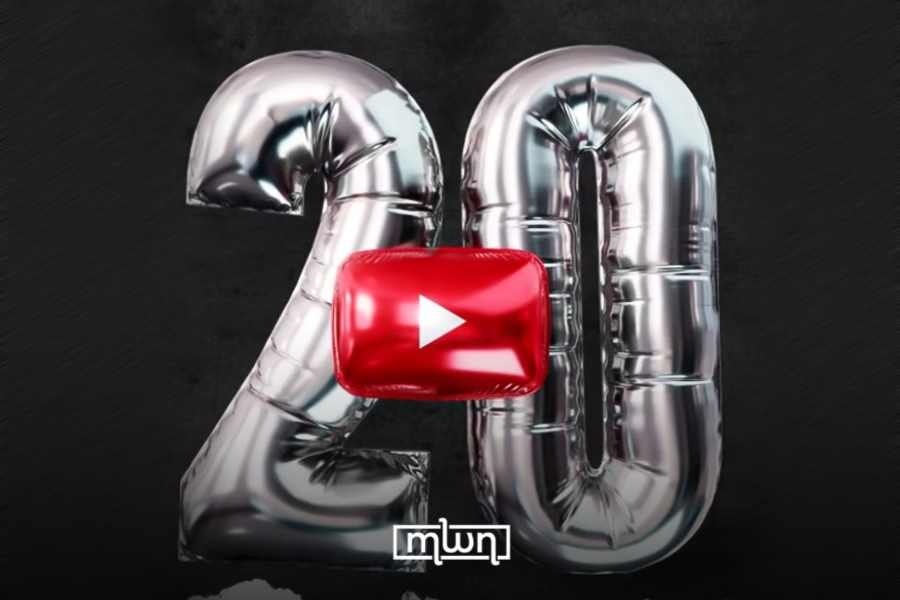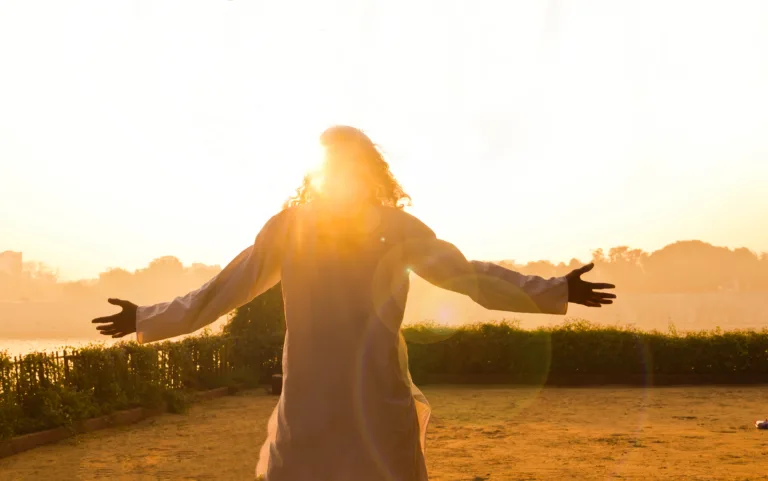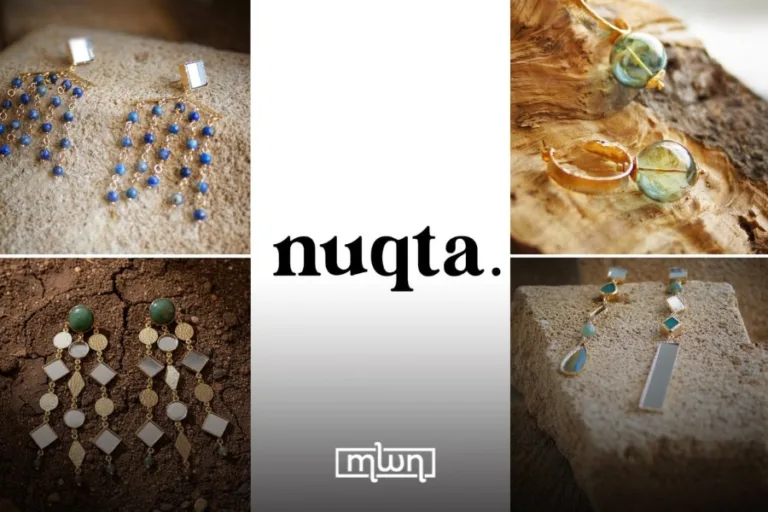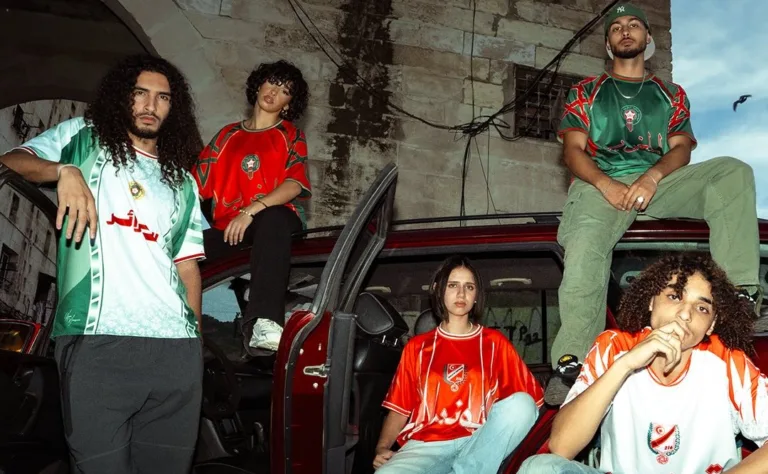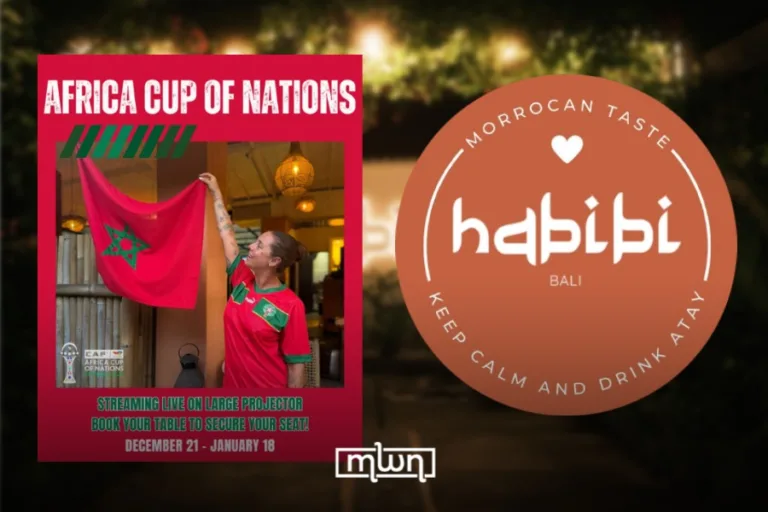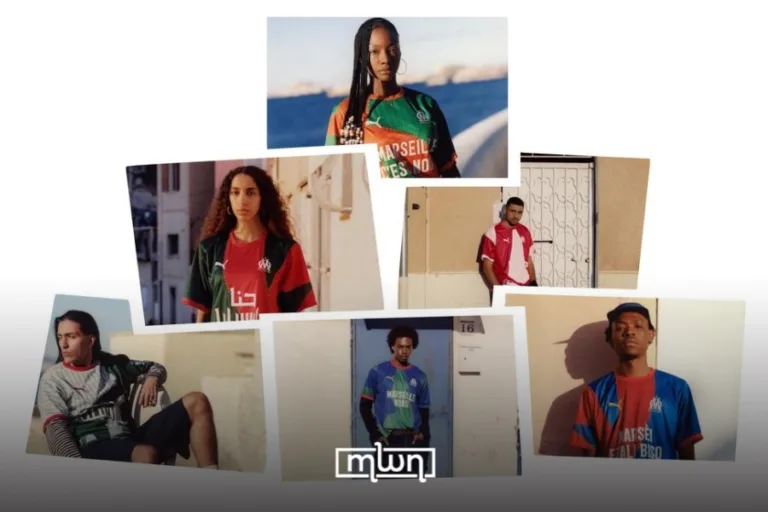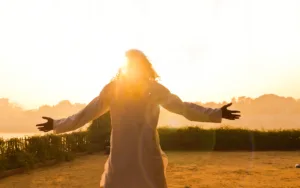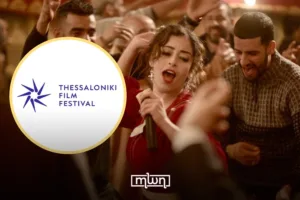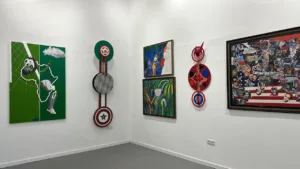Marrakech – On April 23, 2005, co-founder Jawed Karim uploaded a 19-second video called “Me at the Zoo” — the very first video to ever grace YouTube’s now-iconic red play button.
Standing in front of the elephant enclosure at the San Diego Zoo, Karim casually explained how “cool” trunks are.
The video quality was low, the editing non-existent, and the tone? Awkward at best. But it was the beginning of something massive.
Fast forward 20 years, and YouTube has grown into one of the most powerful platforms on the planet.
Owned by Google, the site now hosts more than 20 billion videos — yes, billion.
That’s everything from song covers and cooking tutorials to political debates, vlogs, and viral cat content.
What started as a space for home videos quickly evolved into a full-blown media universe.
YouTube creators have become global celebrities, beauty gurus have built empires from their bedrooms, and niche communities have found their digital homes — whether you’re into slime videos, chess strategy, or 10-hour soundscapes of rain.
YouTube didn’t just change how we consume content; it rewired how we connect.
It gave us reaction videos, “subscribe and like” culture, and endless rabbit holes to fall into at 3 a.m.
And while the platform has seen its fair share of controversies, algorithm drama, and copyright chaos, one thing’s clear: it’s not going anywhere.
Twenty years in, YouTube isn’t just a website. It’s a mirror to our habits, a launchpad for dreams, and a never-ending scroll of stories — all thanks to one guy, a camera, and a few elephants.

